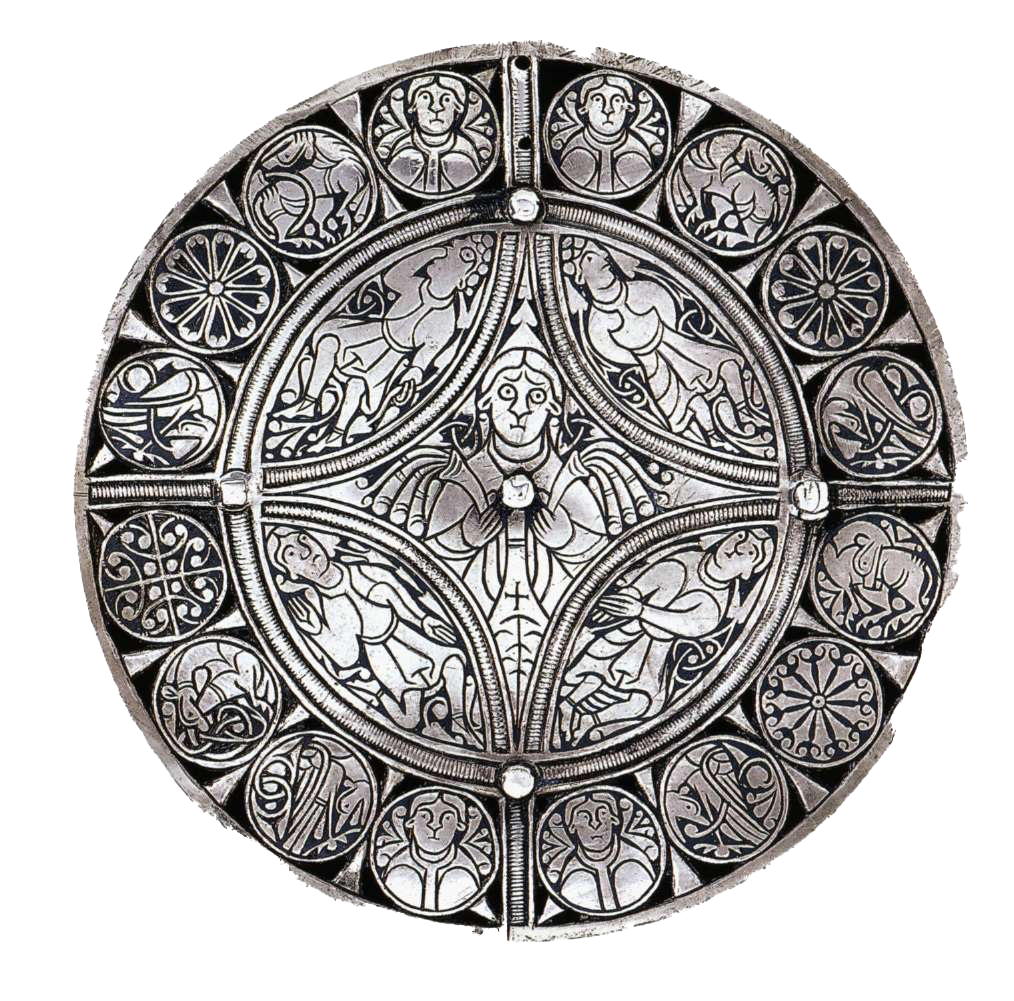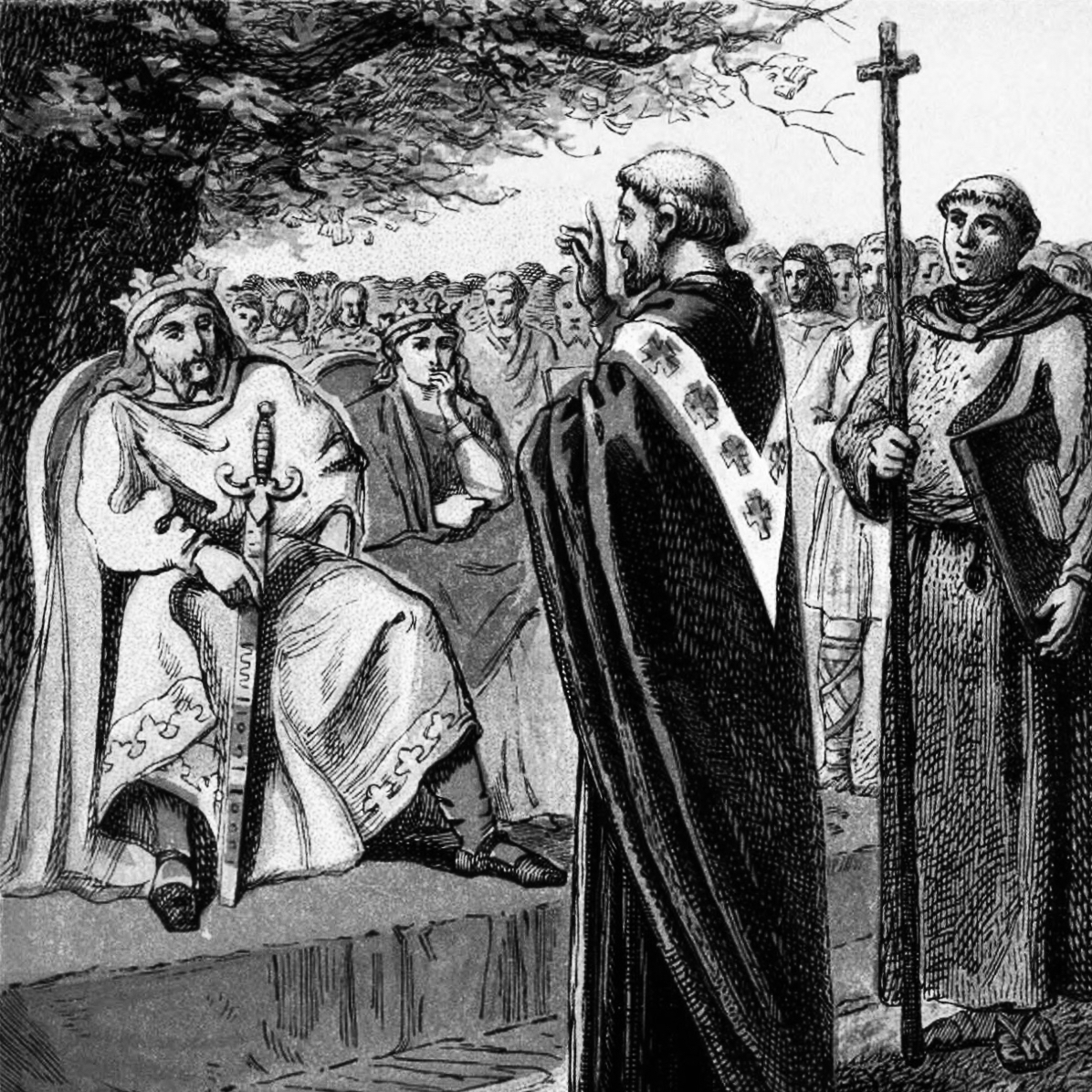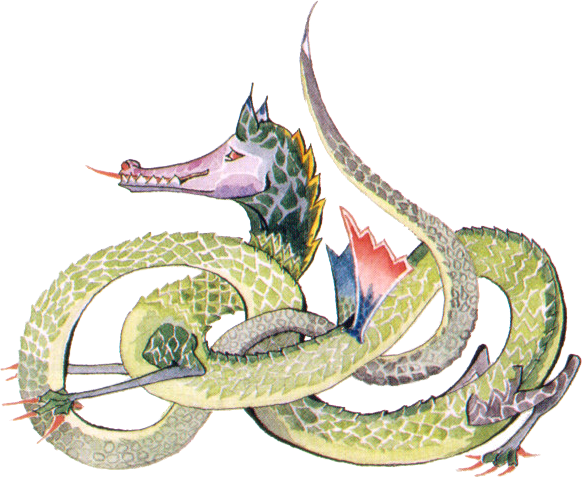"Often, for undaunted courage, fate spares the man it has not already marked.” - Beowulf

Experience the Art
From the Bayeux Tapestry and Fuller Brooch to the Lindisfarne Gospel and the Franks Casket, Anglo-Saxon art beautifully exhibits the cultural, religious, and historical themes of that shrouded British era. Step into this gallery of some of the most pominent pieces and experience for yourself the incredible craftsmanship of hundreds of years of history.
ART
Understand the Culture
Cultures shift with time, and England’s is no exception. Roman culturepredominates late-Roman, early Anglo-Saxon era Britons in the southern portions of England. Tribes of indigenous Picts, Scots, Gales, and others spread throughout the British Isles all ascribe to their own animistic religions, archaic traditions, and “barbaric” lifestyles. Anglo-Saxons come from the Southeast and change the cultural landscape, and Christianity follows from Pope Gregory in the 7th century. French-Norman culture comes with William the Conquerer and predominates until early renaissance.
CULTURE
